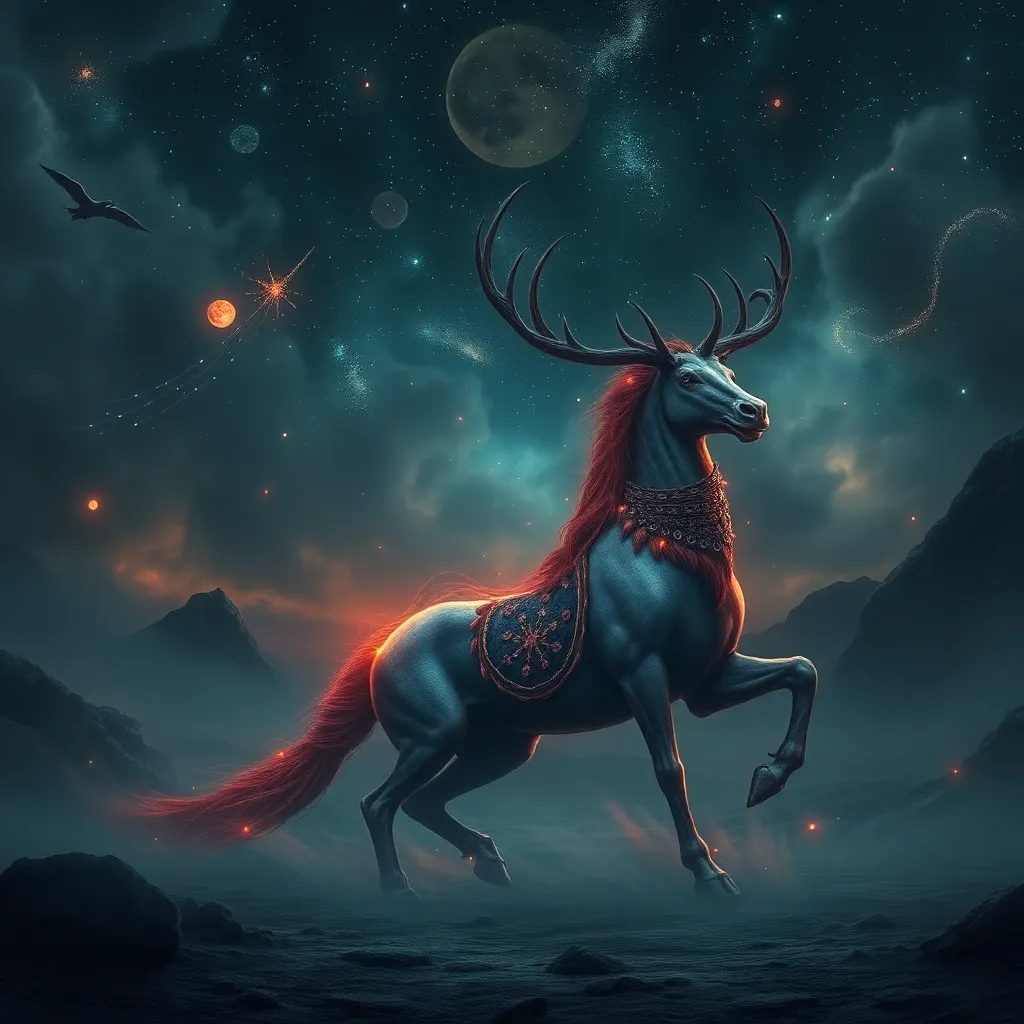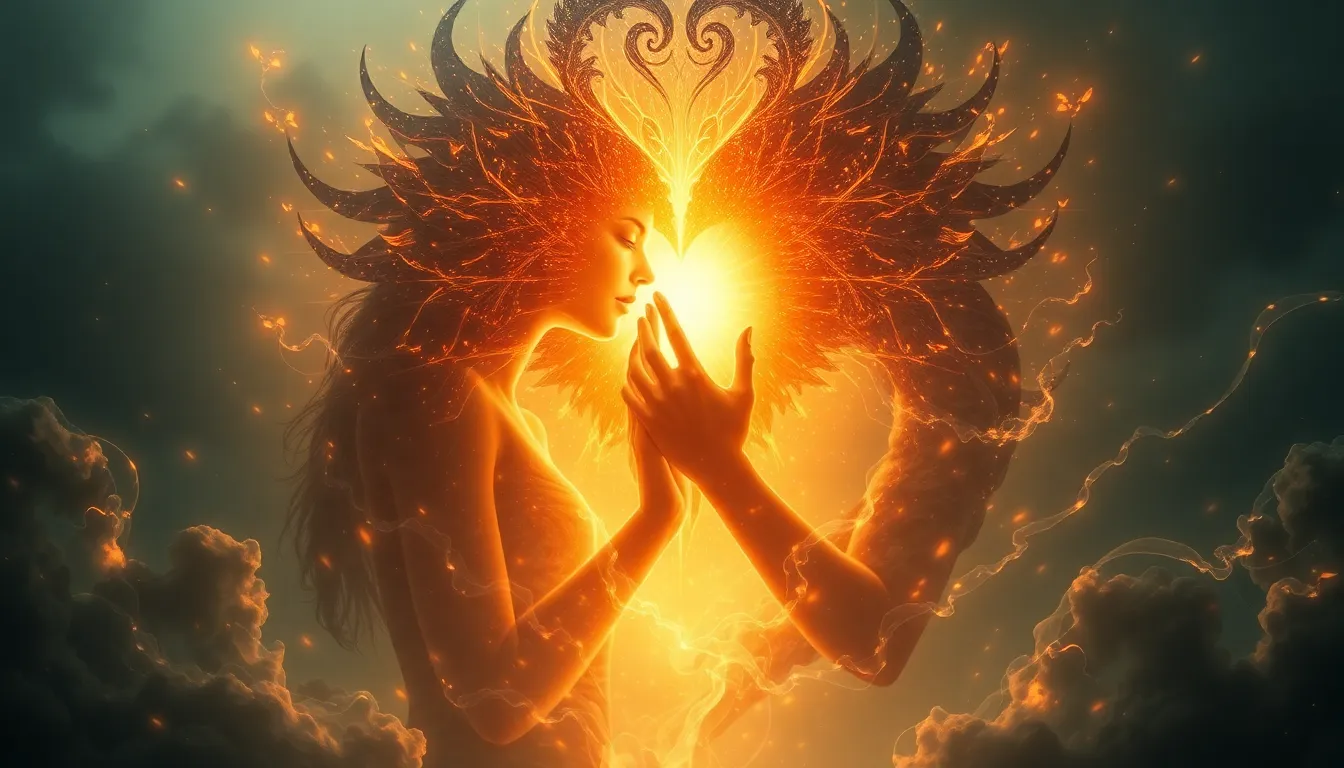The Allure of Forbidden Love: Myths That Break Boundaries
Introduction to Forbidden Love
Forbidden love is a passionate and intense emotion that transcends societal norms and boundaries. It is often characterized by relationships that are disapproved of due to cultural, social, or religious constraints. Across various cultures and eras, forbidden love has held a significant place in the collective consciousness, sparking intrigue, rebellion, and tragedy.
This article delves into the myths surrounding forbidden love, exploring how these narratives have shaped our perceptions of love that defies convention. By examining historical contexts, cultural myths, psychological factors, and modern implications, we aim to understand the enduring allure of these relationships.
Historical Context: Forbidden Love Through the Ages
Throughout history, countless examples of forbidden love have emerged, capturing the hearts of many. Some of the most notable include:
- Romeo and Juliet: Shakespeare’s iconic tale of two star-crossed lovers from feuding families epitomizes the tragedy of forbidden love.
- Cleopatra and Mark Antony: Their passionate affair defied the norms of their time and had political repercussions that changed the course of history.
- Tristan and Isolde: A medieval romance that highlights the conflict between love and duty, showcasing the timeless struggle of lovers against societal expectations.
These narratives not only entertain but also shape modern perceptions of forbidden love, illustrating how history can romanticize and mythologize such relationships.
Cultural Myths Surrounding Forbidden Love
Forbidden love is a common theme in myths and legends around the world. Each culture has its own stories that reflect the complexities of love constrained by societal norms. Some notable examples include:
- Indian Lore: The tale of Radha and Krishna symbolizes divine love that transcends social boundaries.
- Greek Mythology: The story of Eros and Psyche illustrates the trials faced by lovers striving to unite against the forces that seek to keep them apart.
- Chinese Folklore: The Legend of the Butterfly Lovers depicts a tragic love story that defies familial obligations.
These stories serve as vessels for cultural values and beliefs, illustrating how storytelling perpetuates the allure of forbidden love across generations.
Psychological Underpinnings: Why We Are Drawn to Forbidden Love
The attraction to forbidden love can be understood through various psychological lenses. Several factors contribute to this phenomenon:
- Desire and Idealization: The idea of forbidden love can create an idealized image of the relationship, making it more appealing.
- Taboo and Thrill: Engaging in something deemed taboo can produce a rush of excitement, making the relationship feel more intense.
- Rebellion Against Norms: Forbidden love often serves as a form of rebellion, allowing individuals to assert their independence and challenge societal constraints.
These psychological factors illustrate why individuals may seek out relationships that defy societal norms, often at great personal risk.
Love Across Boundaries: Social and Cultural Restrictions
Societal norms create boundaries that can restrict love based on various factors:
- Class: Relationships between individuals of different socioeconomic backgrounds may face disapproval.
- Race: Interracial relationships have historically been met with resistance and prejudice.
- Religion: Differences in religious beliefs can create significant barriers to acceptance.
Despite these restrictions, many couples have defied societal expectations. Case studies include:
- The story of Paul and Ruth, an interracial couple who faced backlash but ultimately found acceptance.
- The journey of LGBTQ+ couples who fought for their love in the face of discrimination.
These examples highlight the courage of individuals who pursue love that transcends societal boundaries.
The Role of Literature and Film in Romanticizing Forbidden Love
Literature and cinema play a crucial role in depicting forbidden love, often romanticizing the struggles faced by lovers. Some notable works include:
- The Great Gatsby: This novel explores love that is hindered by class differences and societal expectations.
- Brokeback Mountain: A poignant film that tells the story of two men whose love is constrained by societal norms regarding masculinity and sexuality.
These portrayals have a profound impact on societal views of love, often encouraging empathy and understanding for those who love against the odds.
Consequences of Pursuing Forbidden Love
While the allure of forbidden love is strong, pursuing such relationships can have serious consequences. These may include:
- Family Estrangement: Relationships that defy family expectations can lead to estrangement from loved ones.
- Societal Ostracism: Couples may face public scrutiny and judgment for their decisions.
- Emotional Turmoil: The stress of living in secrecy can take a toll on individuals’ mental health.
Real-life stories abound of individuals who have faced severe repercussions for their forbidden love, highlighting the complexities of such relationships.
The Intersection of Technology and Forbidden Love
In the modern age, technology plays a pivotal role in facilitating forbidden love. Social media and dating apps have created new avenues for connection, allowing individuals to explore relationships that might otherwise be impossible. Key aspects include:
- Anonymity: Online platforms provide a level of anonymity that can embolden individuals to pursue relationships that may be frowned upon in their social circles.
- Distance: Long-distance relationships can allow individuals to forge connections without immediate societal judgment.
This intersection of technology and romance raises new questions about the nature of love and the boundaries we navigate in a digital world.
The Evolution of Forbidden Love in Contemporary Society
Over the past few decades, societal attitudes toward forbidden love have evolved significantly. Changes include:
- Interracial Marriage: Once heavily stigmatized, interracial relationships are now more widely accepted in many societies.
- LGBTQ+ Rights: Increasing acceptance and legal recognition of same-sex relationships have transformed the landscape of love.
These shifts reflect broader changes in societal norms and values, illustrating a growing acceptance of love that transcends traditional boundaries.
Conclusion: The Enduring Fascination with Forbidden Love
The allure of forbidden love is a timeless theme that continues to resonate across cultures and generations. From historical examples to modern narratives, the myths surrounding these relationships reveal deep-seated desires for connection, rebellion, and understanding.
As society continues to evolve, the implications of forbidden love will undoubtedly shift, yet the fundamental human experience of love—particularly love that defies boundaries—remains an enduring fascination. It challenges us to reflect on our own beliefs about love, acceptance, and the boundaries we create.



